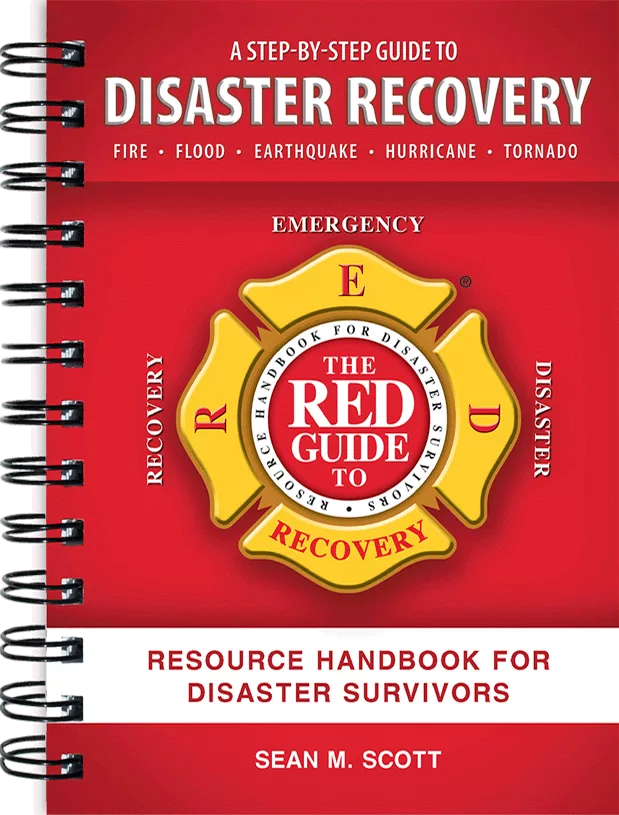Reviving a Fallen Star Player in Your Restoration Company

Every entrepreneur whose business has grown to the point where they have people in roles managing others has a few individuals in their organization that are critical for success. These are the rock stars. Your star employees, specifically the executives and higher-level managers, are the people who help drive your business forward, make critical day-to-day decisions, and keep your team motivated and focused on the appropriate priorities. Despite their past accomplishments, however, it is not uncommon at some point for business owners to witness a decline in performance from these individuals. What should you do if you realize one of your ‘stars’ is not the version of themselves they once were?
While managing employees at all levels is a vital element of any successful business, the situation is a bit unique when the person in question is an executive or high-level manager who, in the past, has consistently been considered a top performer. As is the case when dealing with other performance issues, timing is of the essence. Though the temptation may be to tread lightly with such high-powered personnel, it is important to track and document the shortfalls and issues, and once the option of a single, uncharacteristic error in judgement or temporary lapse has been eliminated, begin with a private face-to-face meeting. The discussion you have with them should focus on five key areas.

In some cases, the person the employee reports to can be the challenge. If that person is you, self-examination on your part is needed.
1. Your Expectations
Start by confirming that the employee understands their role in the business and your expectations of them. Be prepared to have a frank and objective discussion regarding the gap between what you expect and what you are seeing. Remind the person of why they are in their current position by saying something like, “you are in this role because you’re great at A, B, and C. Right now, these are not showing up, and we need you to get back to that rock-star version of yourself.” Provide specific, factual examples of their performance and behavior that reflect where they are falling short.
2. The Root Cause
Your next step is to explore the reasons for the decline in performance. Did something change in their personal or professional life that caused the shift? Are they distracted by family or health issues? There is a reason they are performing at a level significantly lower than what you know from experience they are capable of. It is critical that you understand what is causing the change and whether you both believe they can return to their former glory.
Do they still have the desire to perform in their role? Appreciate that career and job burnout is real. People can experience a drop in their drive and ambition as their situation changes and personal priorities shift. Encourage the employee to help you understand what they are dealing with that has caused the change in their performance. Reinforce that you are there to help.
3. Their Abilities
Part of your evaluation should focus on the person’s ability to be successful in their current role. Have the requirements of the job or the environment in which they, or your organization, work changed to the point where different skills or experience are required? Have they been adequately trained and given the appropriate tools and resources to perform as expected? Another avenue to pursue is the existence of roadblocks that might be keeping them from achieving success. Perhaps there are obstacles for which they need your help, but have been unwilling to ask.
4. Your Evaluation
In some cases, the person the employee reports to can be the challenge. If that person is you, self-examination on your part is needed. How are you helping this person to be successful? Are you, for example, holding them responsible for certain functions, results, or outcomes without having given them the corresponding authority? Are your expectations for results in balance with the available budget and personnel? Are you providing the level of autonomy they deserve in their position?
In addition to uncovering the root cause of a performance issue, it’s important for you to thoughtfully evaluate the employee themselves. One aspect of this internal reflection is your gut feeling. Do you think the situation will work out in the long term? Is the employee capable and willing to rise to the occasion and shine as they have in the past? While you owe it to the employee to do everything within reason to help them be successful, there comes a point where, deep down, you know it’s not right for them or for the organization.
5. An Action Plan
Assuming you’ve made it this far, the final step in the process is to work with the individual to put together an action plan. One technique for starting the process is to ask if there’s a different approach they might try. Ask what they think should happen and what results they expect. It’s critical that you achieve consensus on an action plan for moving forward. Doing so allows you to gain buy-in on any consequences and makes it more likely that your star will follow through. If the situation does reach the point where the plan isn’t acted on, everyone is on the same page and the consequences won’t come as a surprise.
One option to consider is to use the buddy system. Pair the executive with a peer in another area of the business to give support and offer a fresh pair of eyes. This mentoring approach can be less stressful for the employee while offering another person’s perspective and insight.
Senior managers and executives can often be “me” oriented, so it’s important to encourage them to think about the problem from outside their own perspective. The buddy approach can provide the additional benefit of helping the person see the impact of their actions, decisions, and performance from another’s point of view.
As with any action plan, the most critical piece is the follow-up. Document what you have agreed on, and clearly state what steps are to be taken by each of you and by when. Regular follow-up sessions should be scheduled, during which you will track progress on the planned actions and assess performance improvement based on the expectations outlined at the beginning of the process.
Your ‘rock stars’ are the people who have helped your business reach its current state. They are the ones whose performance allows you to focus on the external, bigger picture, and strategic issues that will help your organization to reach its next-level goals. Pay close attention to these stars and don’t be complacent based on past performance or personal ties. As significant as their roles are, a shooting star that shines bright and then quickly fades can lead to the same results for the performance of your organization.
Looking for a reprint of this article?
From high-res PDFs to custom plaques, order your copy today!







